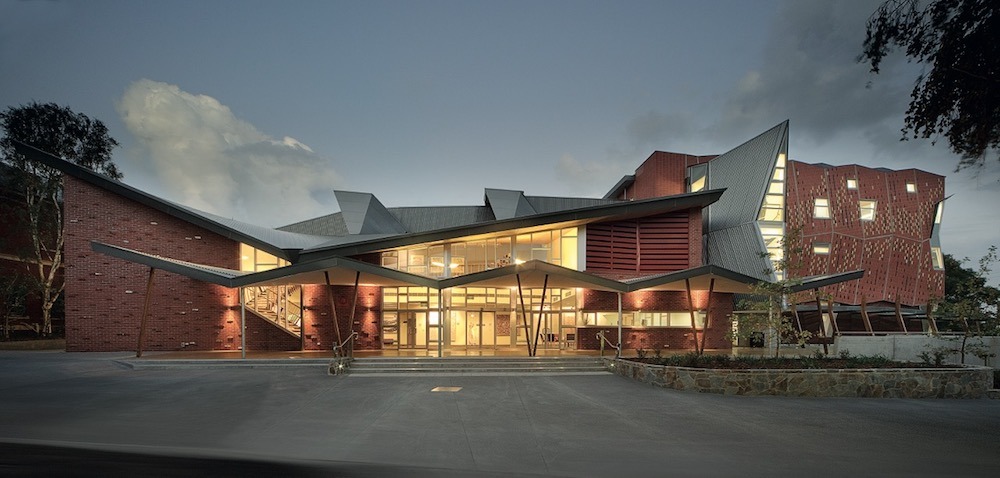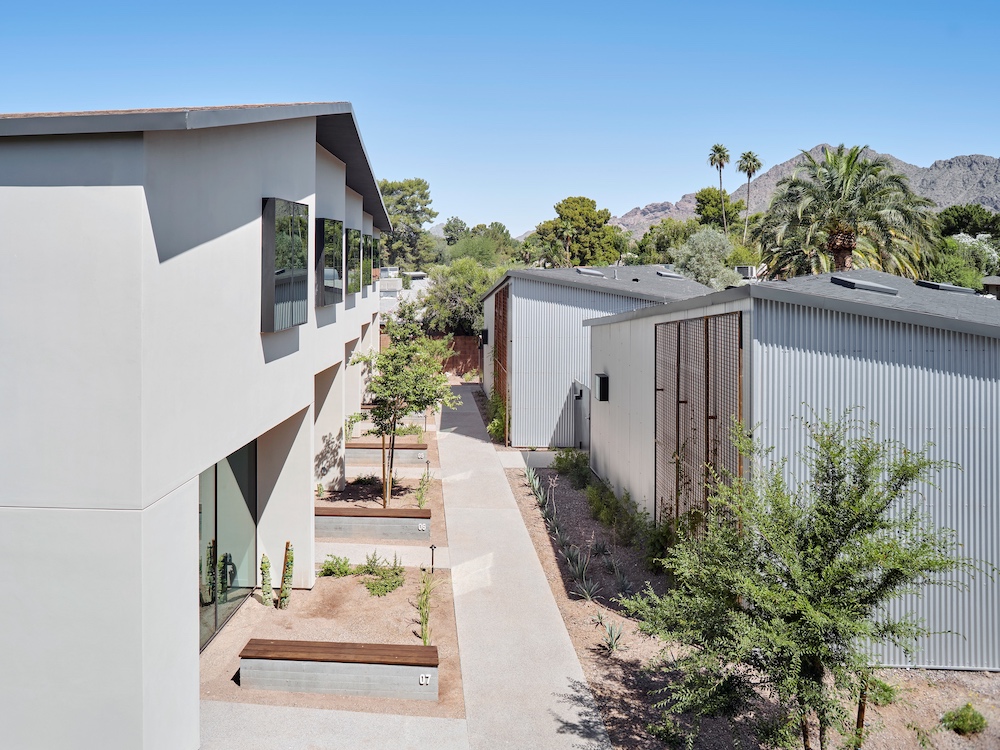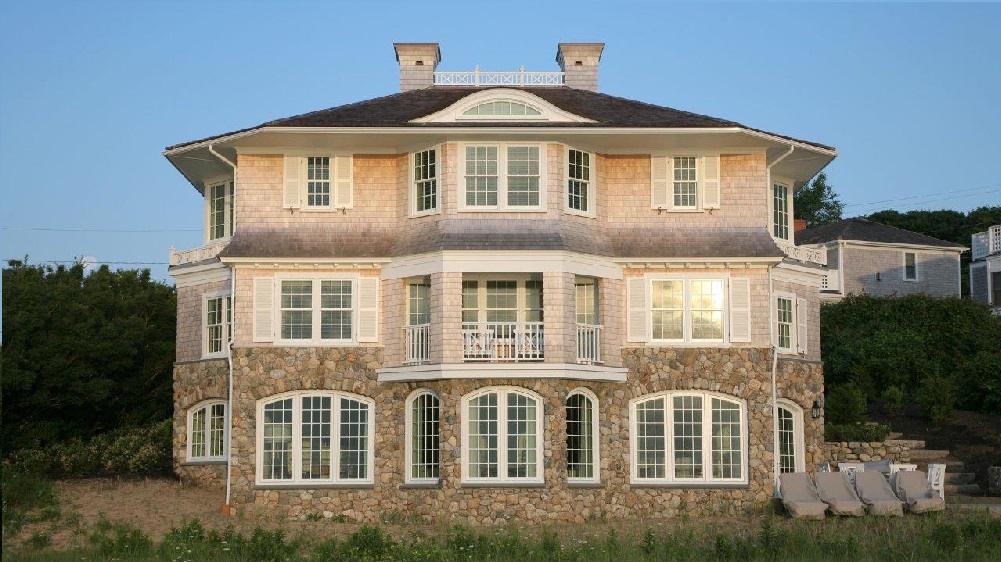Architecture – like beauty – is more than skin-deep, suggests editor Kazi Khaleed Ashraf.
The architect, urbanist and architectural historian has just published a new book called “Locations,” to prove his point.
It’s a collection of essays – some by writers, other by philosophers, and one by a dancer/choreographer, along with photographs and renderings – that illuminate a deeper and bigger picture.
“I believe in the power of architecture and of substantial architecture,” he says. “But rather than talk about and promote the spectacular, skin-deep architecture that’s all around us, I want to talk about the depth of architecture.”
So the projects he’s chosen for his book include works by Corbu in France and Kahn in Bangladesh and Zumthor in Switzerland, but more prevalent are different kinds of buildings by lesser-known architects in far-flung places. “It’s a representation of works that are not quite known but should be known,” he says.
He believes that architecture is bigger than architecture – that it’s something that belongs to anyone – whether a theater or a highway, that it’s all an architectural experience. To illustrate that, he sought our places where different kinds of work are under-represented – and gave them a platform.
“The nature of architecture is to be rooted in a place, which is an ancient topic,” he says. “And to think about that deeply, which goes with the word ‘location’ – it’s the spirit of the place related to locale.”
He cites the Sanskrit word “loca” – a clearing in the forest. “You come to a clearing and a shaft of light and you experience a chill in your spine – you know it’s something,” he says. “The clearing is opened up for you – and there’s enlightenment. There’s an ancient capacity for architecture to do this and maybe we’ve lost this.”
With “Locations,” he’s striving to recover it.
For more, go here.
[slideshow id=1751]



